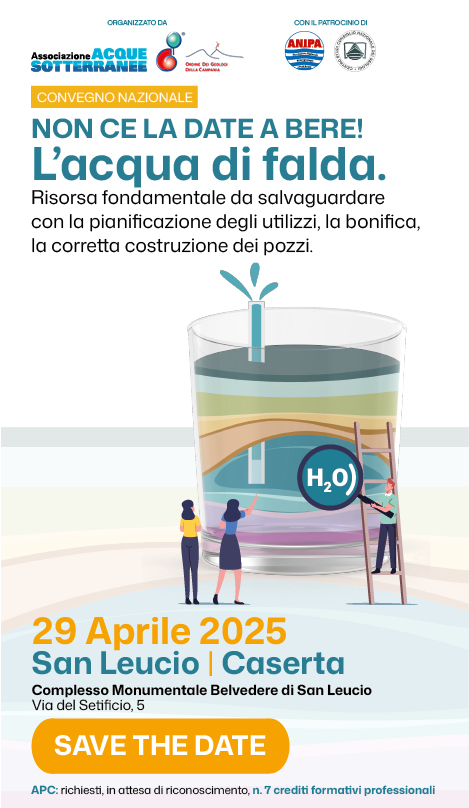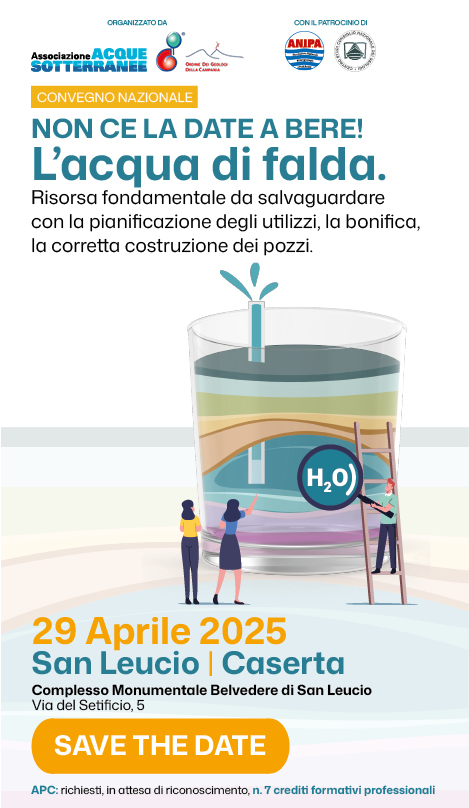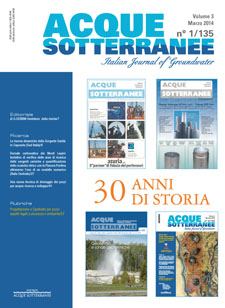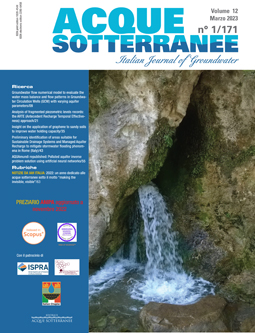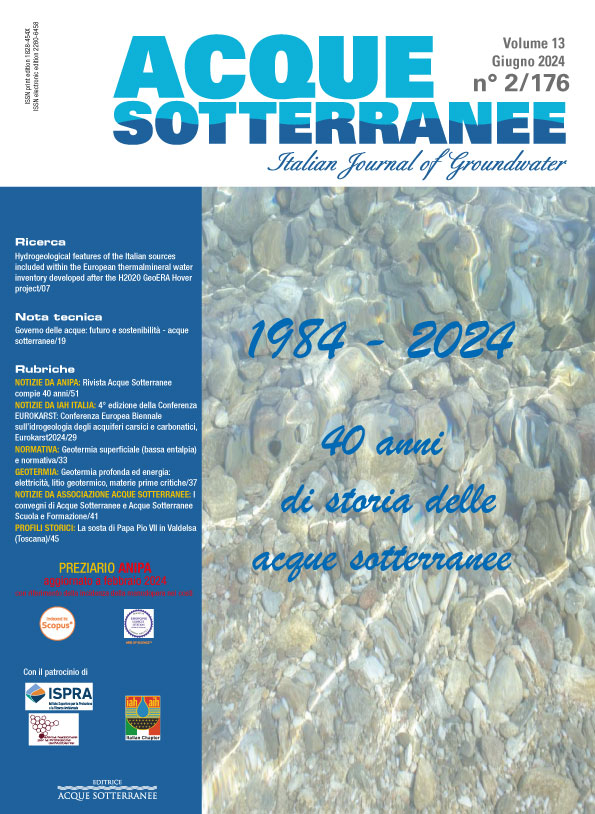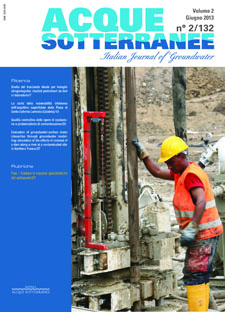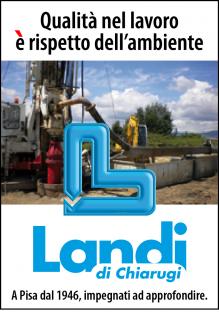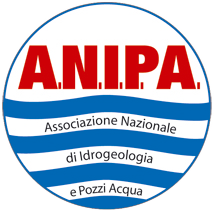Toward a water cycle approach for flood risk assessment
<p style="text-align: justify;">Floods were long believed to be epi-phenomena, involving schemes based on rainfall–runoff principles or equivalent. The unusual flood event which affected the Somme river in France in 2001, clearly showed that this was not always the case as suspected already by several hydrogeologists. Indeed, the high waters seen during the winter 2000-2001 in the Somme river valley highlighted the contribution of groundwater to river floods. Flooding event in rivers in fact often result from the integration of several phenomena, including rainfall, surface runoff, infiltration, shallow and deep groundwater flow, as well as exchange fluxes mechanisms between groundwater and surface water. Besides, the state or the conditions of the soils and the subsurface –i.e. the moisture content in the soils and in the unsaturated zone, the water levels in the aquifers, …- may play an important role in flood generation during a wet episode; it is even believed that in some cases, the unsaturated zone may become the seat for a secondary flood triggering mechanism. A new type of flood risk assessment model which is now operating on a routine basis in the Somme river valley was developed in the early 2000. It takes into consideration the entire water cycle. It helps improving assessing the risk of flooding episodes in the Somme river, but it also extends the forecasting period way beyond the rainfall event scale, thereby allowing for better management of floods and more generally high water episodes. The Somme river catchment is not a unique case and a full water cycle approach to flood risk assessment could often bring significant benefits in flood risk assessment.</p>

